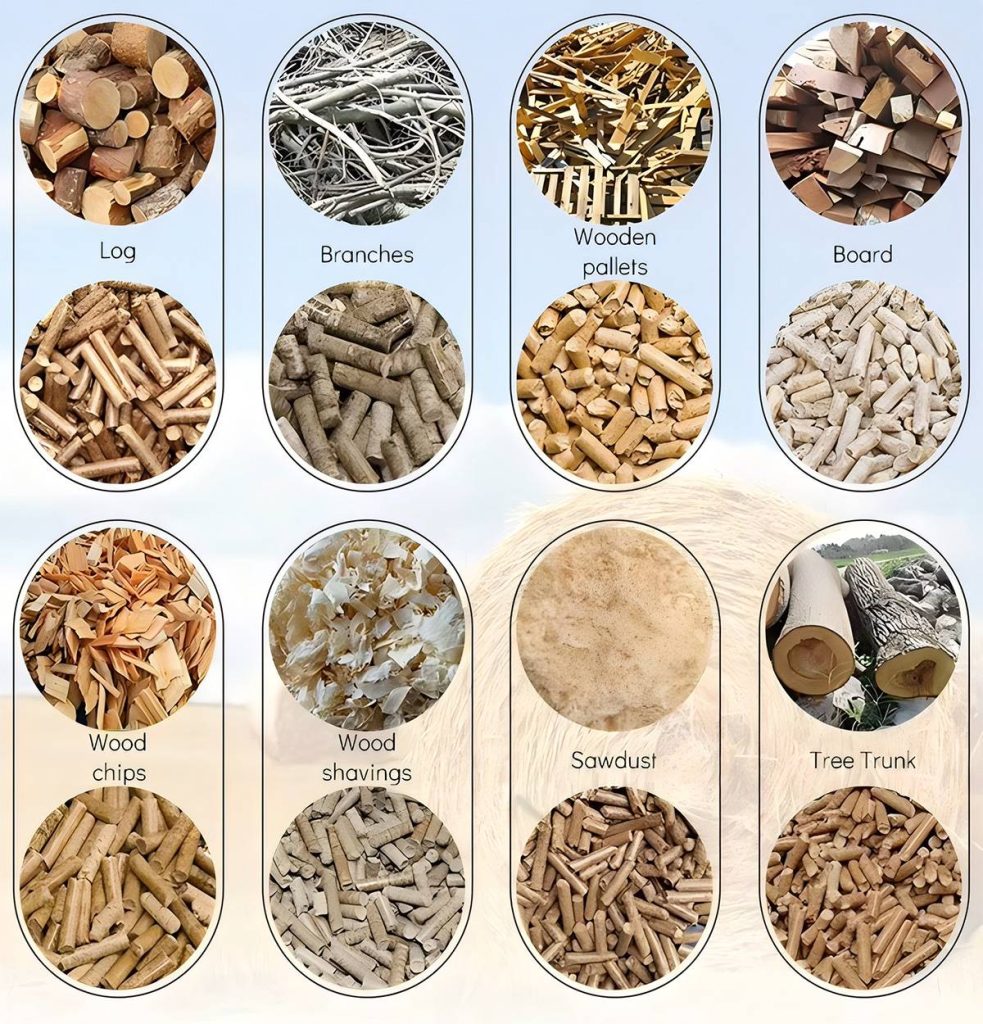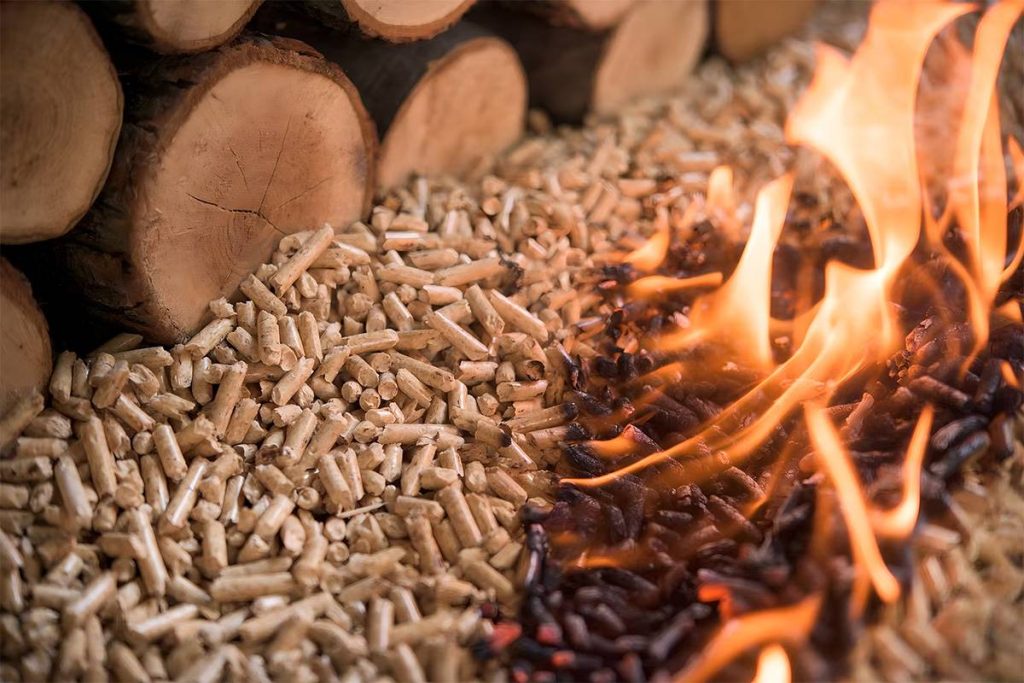Wood recycling line
Introduction
Waste wood belongs to common materials, in recent years, with the accelerated pace of urban development, real estate and home improvement industry booming, a large number of renovation residues. According to expert estimates, including old furniture, old house remodeling demolition of waste wood, disposable wood products, construction waste wood, old dead and decaying wood and other urban waste wood, annually produce about 90 million tons of waste wood. Therefore, the recycling of waste wood is imperative.
At present, the comprehensive utilization rate of wood is only 65 per cent; if it could be increased by one percentage point, 750,000 cubic meters of wood would be saved annually. However, the phenomenon of wood waste is quite alarming, not only wood utilization rate is low, and recovery and recycling rate is also low, some of the waste wood, although recycling, but also often good and bad, and directly transported to the small wood processing plant or to do firewood, resulting in a large number of waste wood high-value low use. Most of the waste wood recycling is scattered, making it difficult to form a large-scale operation.
As a renewable and recycled material, wood is easy to process, has sufficient strength, chemical stability, good elasticity and toughness, and, together with its natural beauty, is widely favored by consumers in the building decoration market. Economic and population growth has led to an increasing demand for wood in all areas of society, due to the lack of supply, a large amount of wood from imports, wood import dependence has reached 44%. The demand for wood will only increase in the future.
The recycling of waste wood has developed into a green environmental protection industry, in the wood energy saving and environmental protection industry needs to have the core equipment, which is the wood crusher. Wood recycling production line is for biomass crushing independent research and development and design of intelligent crushing equipment, new and improved crusher feeding structure and crushing device, adapted to a wider range of materials, can be crushed bamboo, straw, cotton stalks, straw and other biomass raw materials, with convenient feeding, high yield, high crushing efficiency and other advantages, mainly targeting at the construction site for the waste wood, boards, branches and straw and so on. Crushing process.

Advantages
(1)Wide material applicability, can be used for crushing straw, cotton stalks, rice straw and other types of biomass raw materials
(2)High shear force, customized knives are sturdy and wear-resistant, reduce the maintenance cost of knives
(3)Intelligent control system, automatic production, high energy and low consumption
(4)Multiple sealed bearings, effective waterproof and dustproof, prolonging the service life of bearings.

What are the uses of tree branches and roots after being crushed by wood pulverizer?
Wood can be cultivated edible fungi, we eat mushrooms, mushrooms, enoki mushrooms, black fungus, flat mushrooms and other fungal food; crushed wood, can be made under high pressure using adhesives into plywood, composite boards, density boards, particle board and other panels; the use of twig crusher crushed sawdust used in the cultivation of edible fungi, can improve the mushroom rate, the output of high growth rate of up to 3.2 times; timber twigs and branches crushed sawdust particles, compost made of Organic fertilizers, these organic fertilizers can not only increase the total amount of soil organic matter and microorganisms by returning to the field, improve the physical and chemical properties of the soil, and water retention function to improve soil fertility.
At present, the recycling of waste wood is still at a low level, waste wood recycling will be worth tapping the direction of entrepreneurship. Waste wood must find the road to sustainable development, fully tapping the wood resources of plantation forests, research and development of wood optimization technology for plantation forests, improve wood performance, achieve high efficiency, high value-added use will be important to alleviate the contradiction between supply and demand of wood and to promote the green and sustainable development.




